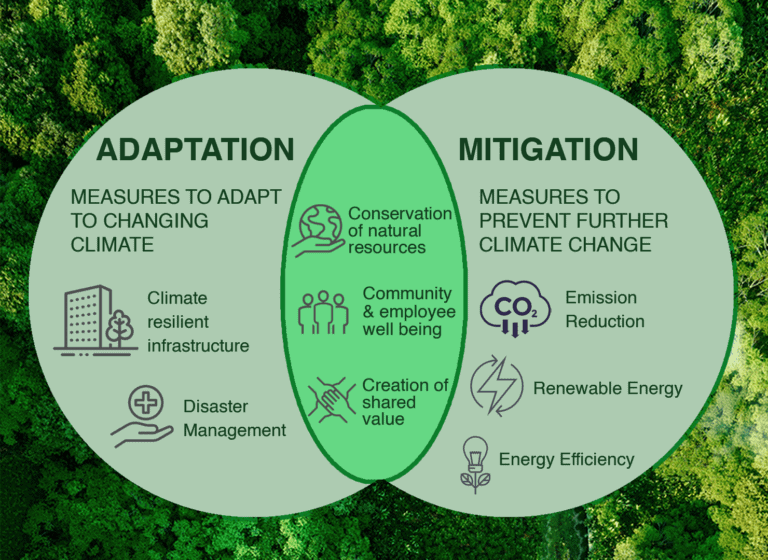Rising Sea Levels: A Catastrophe For Coastal Communities

Table of Contents
The Science Behind Rising Sea Levels
The relentless rise in global sea levels is a complex phenomenon driven by several interconnected factors. Understanding these scientific mechanisms is critical to comprehending the scale of the challenge.
Thermal Expansion
As the Earth's climate warms, ocean temperatures rise. Water, like most substances, expands when heated. This thermal expansion accounts for a significant portion of the observed sea-level rise. Data from NASA and other organizations show a measurable increase in ocean volume due to thermal expansion, contributing to higher sea levels at an alarming rate – estimated to be approximately 0.13 inches (3.3mm) per year.
Melting Ice Sheets and Glaciers
The melting of Greenland and Antarctic ice sheets, along with glaciers worldwide, significantly contributes to rising sea levels. The colossal volume of ice stored in these regions represents a substantial potential for sea-level rise. Recent studies indicate an acceleration in the melting rate of these ice sheets, with Greenland losing billions of tons of ice annually. This meltwater flows into the oceans, directly increasing their volume. The alarming rate of polar ice melt is a key indicator of the accelerating climate crisis.
Land Subsidence
In many coastal regions, the land itself is sinking, exacerbating the effects of rising sea levels. This land subsidence can be caused by several factors, including groundwater extraction, which compresses underlying sediment layers. Other factors include tectonic plate movement and natural compaction of sediments. This sinking land effectively increases the relative sea-level rise experienced in those areas, making them even more vulnerable to flooding and erosion.
- Key Scientific Findings:
- Sea level rise is accelerating, with rates increasing over recent decades.
- Thermal expansion and melting ice are the primary drivers of sea level rise.
- Land subsidence significantly worsens the impact of rising sea levels in many regions.
- Climate change is the primary cause of the observed increase in global temperatures, leading to accelerated sea level rise.
Impacts on Coastal Communities
The consequences of rising sea levels are devastating for coastal communities around the globe. The impacts are far-reaching and affect every aspect of life in these vulnerable regions.
Coastal Erosion and Flooding
Increased sea levels lead to more frequent and severe coastal flooding. High tides and storm surges now reach further inland, inundating homes, businesses, and critical infrastructure. Coastal erosion is also significantly accelerated, causing land loss and threatening the stability of coastal defenses. This damage is already costing billions of dollars annually in repairs and lost productivity.
Displacement and Migration
As sea levels rise and coastal erosion intensifies, many coastal communities are facing displacement. People are forced to abandon their homes and livelihoods, becoming climate refugees. This mass migration creates immense social and economic challenges for both the displaced populations and the communities that receive them. The increasing number of climate refugees represents a significant humanitarian crisis.
Economic Consequences
The economic impacts of rising sea levels are profound and far-reaching. Coastal industries such as tourism and fishing are severely affected. The loss of property values, increased insurance costs, and the need for expensive coastal protection measures place a significant burden on local and national economies. The economic vulnerability of coastal communities is amplified by the cumulative effects of sea-level rise.
- Examples of Affected Communities: The Maldives, Bangladesh, and parts of the US Gulf Coast are already experiencing significant impacts from rising sea levels.
- Economic and Social Costs: Billions of dollars in damages, loss of livelihoods, and social disruption are just some of the costs associated with rising sea levels. The human cost is immeasurable.
Mitigation and Adaptation Strategies
Addressing the challenge of rising sea levels requires a two-pronged approach: mitigating the underlying causes and adapting to the inevitable changes already underway.
Reducing Greenhouse Gas Emissions
The most effective way to combat rising sea levels is to reduce greenhouse gas emissions. Transitioning to renewable energy sources, improving energy efficiency, and adopting sustainable land-use practices are crucial steps in mitigating climate change and slowing the rate of sea-level rise. Global cooperation is essential to achieve meaningful reductions in emissions.
Coastal Protection Measures
Adaptation strategies are necessary to protect coastal communities from the impacts of rising sea levels. These strategies include building seawalls and other coastal defenses, restoring coastal wetlands (which act as natural buffers), and managed retreat from the most vulnerable areas. These measures, while costly, can help to safeguard lives and property.
Community-Based Adaptation
Local communities play a vital role in adapting to rising sea levels. Empowering communities to develop and implement their own adaptation strategies ensures that solutions are tailored to local contexts and needs. This community-based approach fosters resilience and ensures that the most vulnerable populations are not left behind.
- Specific Actions:
- Support policies that promote renewable energy and climate action.
- Advocate for investments in coastal protection infrastructure.
- Promote sustainable land-use practices in coastal zones.
- Support community-based adaptation initiatives.
Conclusion
Rising sea levels represent a clear and present danger to coastal communities worldwide. The scientific evidence is irrefutable, and the impacts are already being felt across the globe. From coastal erosion and flooding to displacement and economic hardship, the consequences are devastating. To secure the future of our coastal communities, we must urgently reduce greenhouse gas emissions and implement comprehensive adaptation strategies. The future of our coastal communities hinges on our collective commitment to addressing rising sea levels effectively and sustainably. Let's act now to protect our coastlines and build a more resilient future.

Featured Posts
-
 Partnering For Progress Jazz Cash And K Trade Expand Stock Market Access
May 10, 2025
Partnering For Progress Jazz Cash And K Trade Expand Stock Market Access
May 10, 2025 -
 The Urgent Threat Of Rising Sea Levels Impacts And Mitigation Strategies
May 10, 2025
The Urgent Threat Of Rising Sea Levels Impacts And Mitigation Strategies
May 10, 2025 -
 Accident A Dijon Vehicule Percute Un Mur Rue Michel Servet
May 10, 2025
Accident A Dijon Vehicule Percute Un Mur Rue Michel Servet
May 10, 2025 -
 How Harry Styles Reacted To A Hilariously Bad Snl Impression
May 10, 2025
How Harry Styles Reacted To A Hilariously Bad Snl Impression
May 10, 2025 -
 Exploring Wynne And Joannas All At Sea A Literary Journey
May 10, 2025
Exploring Wynne And Joannas All At Sea A Literary Journey
May 10, 2025
